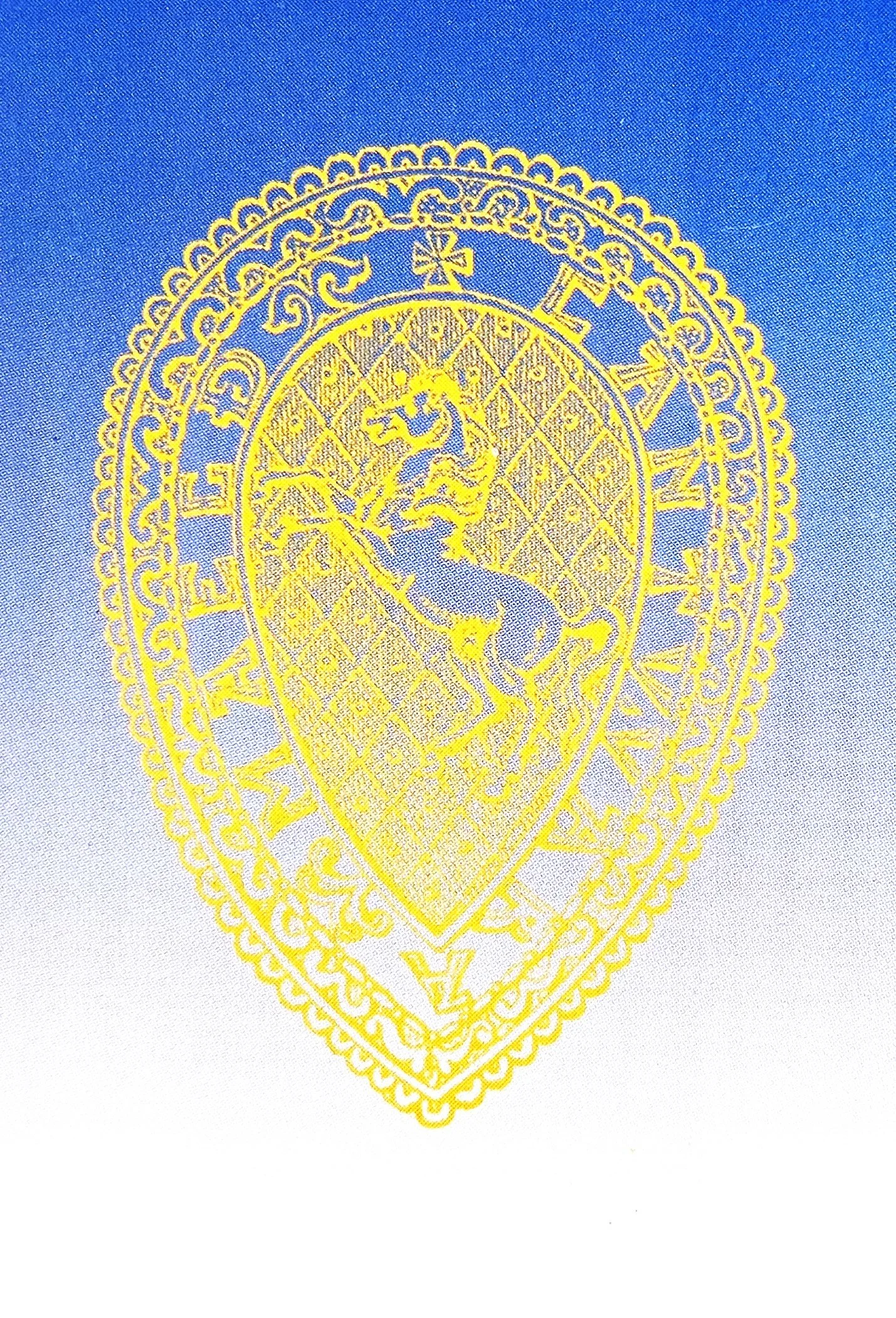
KAS Newsletter, Issue 73, Summer 2007
Summer 2007 insights on archaeological finds, events, historic buildings, sesquicentennial, and hidden treasures exhibition.
Contributions to the next issue are welcome. See the guidance for contributors and contact Editor Craig Campbell.
Search page
Search within this page here, search the collection page or search the website.
Previous
Previous
Smithsonian Folklife Festival
Next
Next
Archaeological Discoveries on the A2 Pepperhill to Cobham Widening Scheme
Featured
KAS Newsletter, Issue 73 (Summer 2007). Maidstone: Kent Archaeological Society.
Dr. Frank Pantin, 2007, KAS Newsletter, Issue 73 (Summer 2007). Maidstone: Kent Archaeological Society.
KAS Newsletter, Issue 73 (Summer 2007). Maidstone: Kent Archaeological Society.
KAS Newsletter, Issue 73 (Summer 2007). Maidstone: Kent Archaeological Society.
KAS Newsletter, Issue 73 (Summer 2007). Maidstone: Kent Archaeological Society.
KAS Newsletter, Issue 73 (Summer 2007). Maidstone: Kent Archaeological Society.






